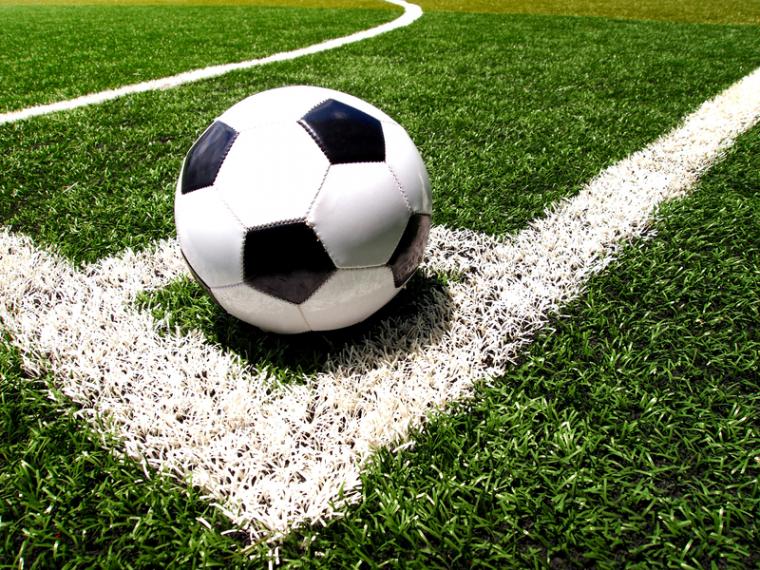

When US Youth Soccer announced that 280 boys’ and girls’ teams had competed at its recent college showcase at Grand Park, it was, while perhaps not quite as exciting as an announcement of the World Cup sites, still a good indicator that the rebound is here to stay.
Rather than being a traditional tournament, the event was a part of US Youth Soccer’s National League play. The US Youth Soccer National League is made up of a network of 13 conferences across the country and league play attracts elite teams.
And according to Marc Frankland, League Manager for US Youth Soccer’s Midwest Conference and the Great Lakes Conference, this was, by all accounts, a significant event.
“It’s the biggest league event we do in the Midwest,” he noted. “US Youth Soccer has a total of 800 teams playing this spring in leagues in the Midwest Region; this is the biggest event on our calendar this year.”
Out of the 280 teams playing in the U15 to U19 age brackets (200 boys’ teams and 80 girls’ teams), a total of 240 came in from other states and the event spread across 33 fields at Grand Park. While economic impact figures weren’t available at the time, Frankland says that as a rough estimate, the event used 10,900 room nights.
And that’s a welcome change since, like many organizations, US Youth Soccer suffered during COVID.
“A lot of events had to be cancelled,” he notes, “and unfortunately, there were a lot of clubs that couldn’t survive, as well as some that got bought out or merged with others. It was a hard year for everyone.”
It was particularly hard, he added, on the athletes, who had been used to playing at a high level and suddenly found themselves at a complete standstill.
US Youth Soccer took a proactive approach, finding places where play could take place safely, responsibly and within local guidelines. “We were able to run events earlier in the season in Missouri. We are starting to get back to games; however, some areas still have restrictions and are locked down in terms of what they can do. We were starting to get back to games, but some states still had restrictions and we couldn’t go there.”
The organization took great care in putting on the league weekend at Grand Park. In addition to having their own health protocols (“We invested heavily in COVID prevention supplies and signage,” notes Frankland), US Youth Soccer followed local directives, requiring masks at all times (unless actively playing), not having benches or tents, and asking players to bring their own water.
“We have safety procedures in place at every event,” said Frankland. “This is the new normal.”
The players weren’t upset by any of the requests; in fact, they welcomed the chance to get back to play. They even battled through rain without complaint and social media posts showed nothing but smiles and excitement.
“We’ve been locked down for so long and we’re finally able to see them getting and enjoying the sport they love.”
US Youth Soccer worked with Scouting Zone, a soccer-specific recruitment platform, which provided a comprehensive list of college coaches who had signed up to attend. Noteworthy: The list included coaches from DI, II and III colleges as well as NAIA and NJCAA institutions – and even the occasional pro scout.
According to Frankland, while three teams had to withdraw because of quarantine reasons, not a single one pulled out because of concerns over health and safety conditions. And, he added, the nature of soccer itself facilitates safety.
“This is an outdoor sport and athletes want to be outside, playing with their friends, enjoying everything they love again.”

